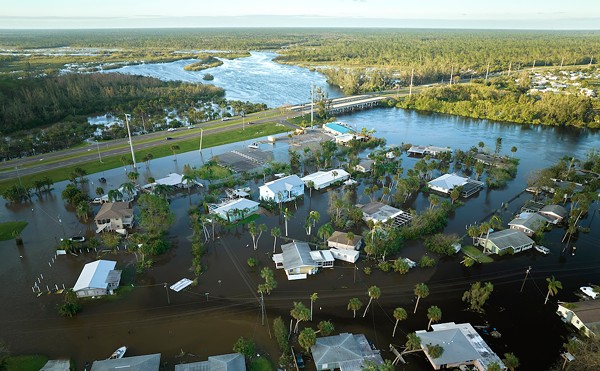I purchased a reel push mower and am having a blast mowing my lawn. People are always stopping to see this unusual time machine – (that my Dad used) …. No gasoline or noise – just people power, natural mulch and the time to smell the cut grass.
Reel push mowers are widely recognized as the superior cutting method for the health of the grass plant. Lawn grass forms a dense interwoven network of growth just above soil level. This network is a key element in the lawn’s desirable ability to retain moisture and crowd out weeds. The scissors-like cutting action of the reel mower cuts the grass blades cleanly, gently and precisely, with a minimal disturbance to the grass plant's natural growth pattern.
Just how much air pollution does a power mower cause?
Garden equipment engines emit high levels of carbon monoxide, volatile organic compounds and nitrogen oxides, producing up to 5% of the nation's air pollution and a good deal more in many metropolitan areas like Los Angeles.
A conventional lawn mower pollutes as much in an hour as 40 late model cars (or as much as much air pollution as driving a car for 100 miles).
A typical 3.5 horsepower gas mower, for instance, can emit the same amount of VOCs — key precursors to smog — in an hour as a new car driven 340 miles, say industry experts. A recent California Air Resources Board report shows lawnmowers statewide emit 8.28 tons of VOCs per day.
The replacement of every 500 gas mowers with non-motorized mowers would spare the air:
• 212 pounds of hydrocarbons
(smog ingredient)
• 1.7 pounds of nitrogen oxides
(smog ingredient)
• 5.6 pounds of irritating particles
• 1,724 pounds of carbon dioxide
To top it off, lawn and garden equipment users inadvertently add to the problem by spilling 17 million gallons of fuel each year while refilling their outdoor power equipment. That's more petroleum than spilled by the Exxon Valdez in the Gulf of Alaska!
Now what about that Rain Barrel I installed a few months ago?
Believe it or not, for every inch of rain that falls on a catchment area of 1,000 square feet, you can expect to collect approximately 600 gallons of rainwater. Your roof catchment area is equal to the total square feet of your house plus the extension of your eaves. More than you were expecting?
You can make such a difference by changing a few little things around your home while having a blast !
















